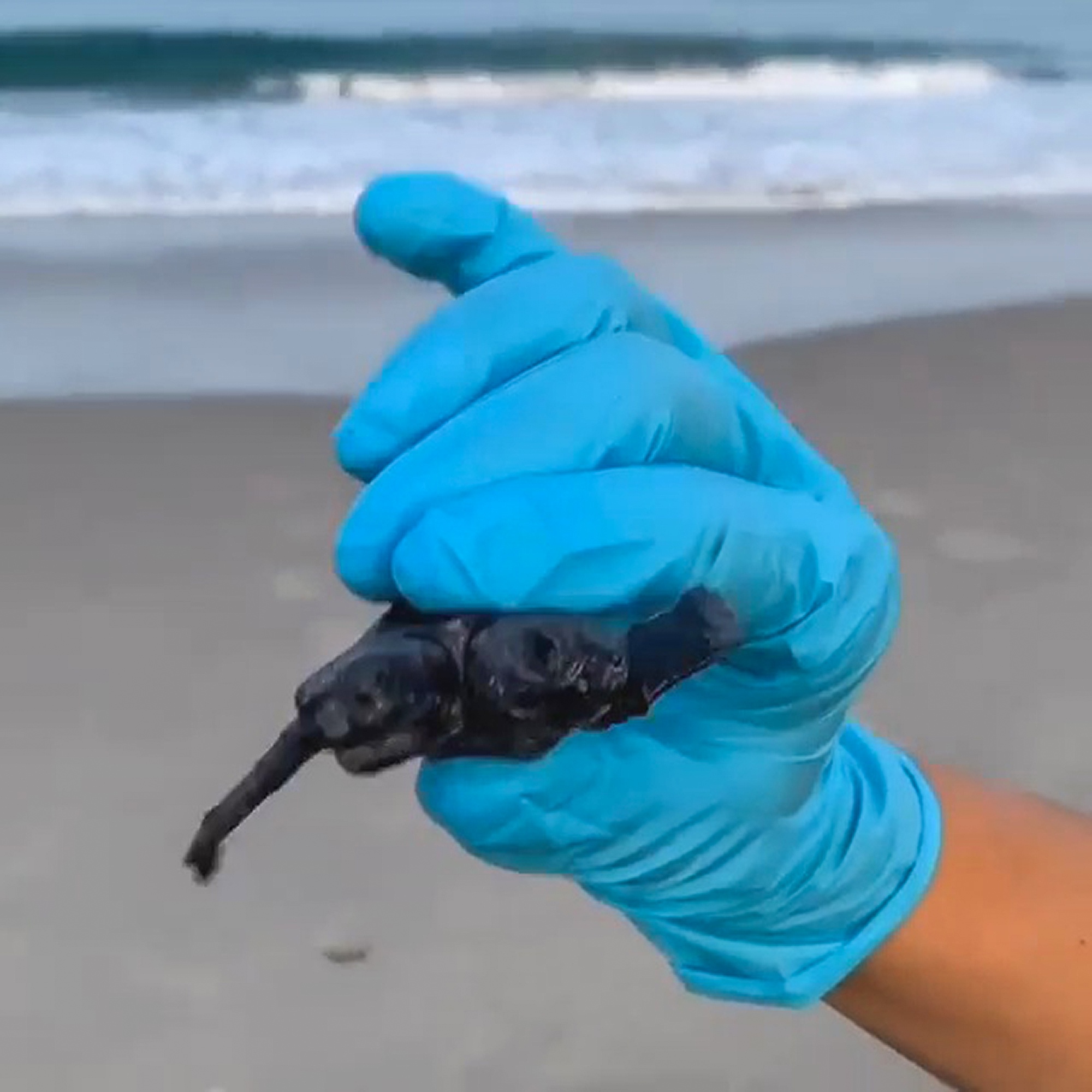Blind and furless, these bizarre-looking creatures are naked mole rats that scientists believe could hold the key to eternal fertility in women and provide a cure for cancer.
Vets at the Bioparc Valencia located in eastern Spain were thrilled to witness the birth of an animal that is certainly one of the most bizarre looking in the animal kingdom on Thursday, 6th July.
Video footage shared by the zoo shows the little mammals suckling on their mum instantly after the delivery.
The mum is the only fertile female of the group where the community acts as bee or ant communities, where other members of the group are either workers or soldiers that attend to the queen.
As seen in the video the queen was assisted by members of the group carrying the newborns to the nipples of the mum to breastfeed.
Bioparc Valencia said in a statement obtained by Newsflash: “Bioparc has two groups in a facility specially designed to observe their peculiar behaviour and where the last litter can be seen.
“The objective of BIOPARC Valencia is to raise awareness about the need to conserve the rich biodiversity of our planet, offering the opportunity to watch in a remake of their natural habitat, the most emblematic species and least known species, the naked mole rat.”

Native to East Africa, the species – Heterocephalus glaber – gained fame due to a recent study from Cornell University and the University of Pittsburgh.
Researchers involved in the study shocked the world when they found out that naked mole-rat females were able to produce offspring well into old age.
The experts claimed that at only eight days old, a female naked mole-rat has about 1.5 million egg cells on average which is nearly 95 times more than mice of the same age.
The species is also one-of-a-kind for possessing an exceptional resistance to cancer thanks to unique conditions in their system that stop cancer cells from multiplying.
This ability enables their lifespan to reach up to 37 years.
Other unusual traits of naked mole-rats include being the only cold-blooded mammal, lacking pain sensitivity to chemical stimuli in their skin and being able to withstand very low levels of oxygen.
Reports revealed they are able to survive for six hours in extremely low oxygen environments, whilst about 18 minutes with no oxygen at all.

The worker of the zoo park said in a video obtained by Newsflash that these animals have also a special characteristic as they have four teeth that can move independently. They are also able to close their lips so that when they dig in the ground the earth cannot enter in their mouth, leaving the teeth outside the mouth.
The species is classified as of ‘Least Concern’ on IUCN’s Red List of Threatened Species.










